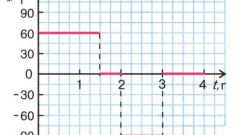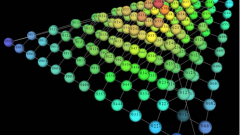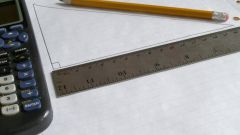Instruction
1
If the original vector is shown in the drawing in a rectangular two-dimensional coordinate system and perpendicular to it need to build ibid., based on the definition of perpendicularity of vectors in the plane. It States that the angle between such a pair of directed line segments must be equal to 90°. Such vectors can construct an infinite number. So, draw at any convenient place plane perpendicular to the original vector, put on it a segment equal to the length of the given ordered pairs of points, and assign one of its ends to the beginning of the normal vector. Do this with a protractor and a ruler.
2
If the initial vector is set to two-dimensional coordinates ā = (X₁;Y₁), assume that the scalar product of a pair of perpendicular vectors must be zero. This means that you need to choose the desired vector ō = (X₂,Y₂) are the coordinates in which will be executed equality (ā,ō) = X₁*X₂ + Y₁*Y₂ = 0. This can be done as follows: select any nonzero value for the coordinate X₂ and Y₂ in the coordinate calculate according to the formula Y₂ = -(X₁*X₂)/Y₁. For example, for the vector ā = (15;5) will be perpendicular to the vector ō, with the abscissa equal to one, and ordinate equal to -(15*1)/5 = -3, ie ō = (1;-3).
3
For any other three-dimensional orthogonal coordinate system right the same necessary and sufficient condition for perpendicularity of two vectors their scalar product must be zero. Therefore, if the original directed line segment is given coordinate ā = (X₁,Y₁,Z₁), pick another ordered pair of points ō = (X₂,Y₂,Z₂) are the coordinates, where the condition (ā,ō) = X₁*X₂ + Y₁*Y₂ + Z₁*Z₂ = 0. The easiest way to assign a coordinate X₂ and Y₂ single value, and Z₂ calculated from simplify equality Z₂ = -1*(X₁*1 + Y₁*1)/Z₁ = -(X₁+Y₁)/Z₁. For example, for the vector ā = (3,5,4) this formula will acquire the following form: (ā,ō) = 3*X₂ + 5*Y₂ + 4*Z₂ = 0. Then the abscissa and ordinate of the normal vector to take over the unit, and applicate in this case will be equal to -(3+5)/4 = -2.




